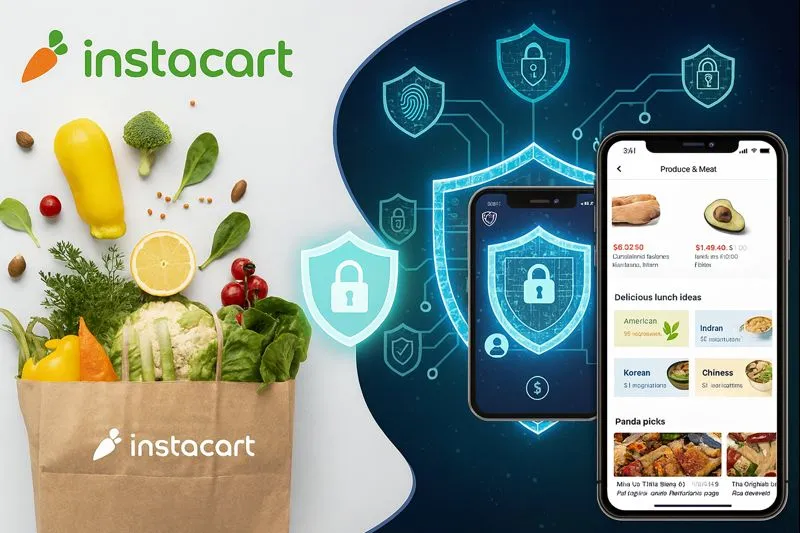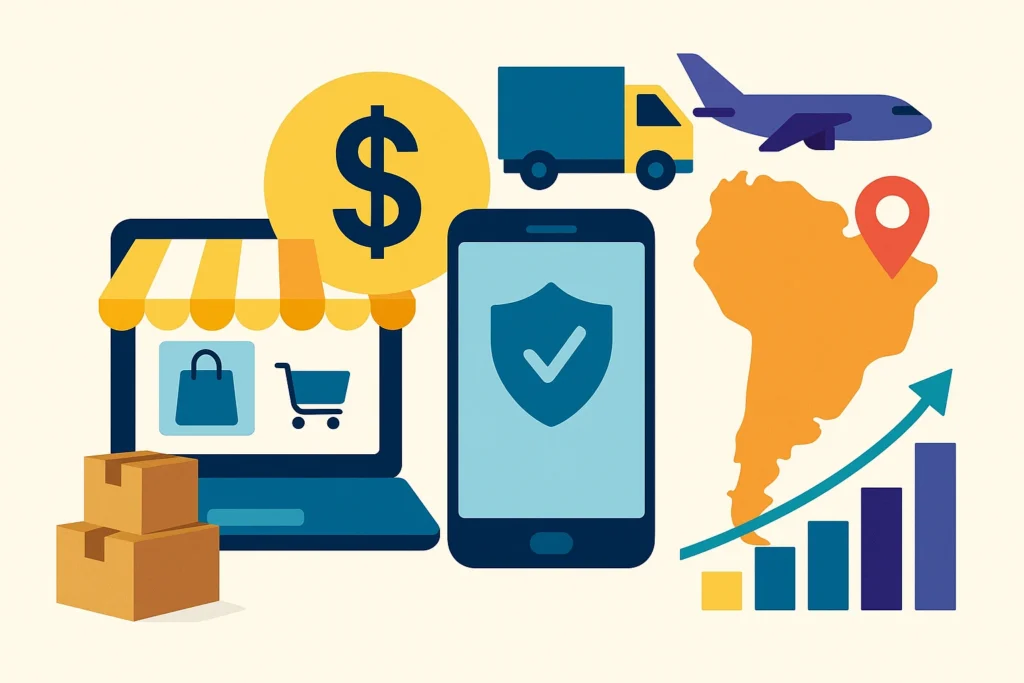Back in 2019, a friend of mine tried to set up a hyperlocal delivery business with nothing more than a clunky app and some serious hustle. It fizzled out within six months — not for lack of effort, but because he didn’t realize that running a multi-vendor delivery platform isn’t about coding an app. It’s about building a system. A system that juggles multiple sellers, customers, logistics, payments, and real-time tracking — all without crashing during lunch rush hour.
Now that delivery apps have become a sort of modern-day necessity — from groceries to gadgets — many entrepreneurs are sniffing around the idea of launching one. The billion-dollar club is getting crowded, and everyone wants in. But here’s the kicker: while the demand’s booming, the real question that keeps people up at night isn’t “can I do it?” — it’s “how much will it actually cost me?”
That’s where most startup dreams start feeling like a coin toss. So let’s ditch the fluffy pitches and break it down. What does it really take — in terms of dollars, strategy, and caffeine — to launch a fully functional, scalable multi-vendor delivery platform? At Miracuves, we’ve helped dozens of founders turn their bold ideas into tangible platforms, and we’re laying it all out right here.
What Is a Multi-Vendor Delivery Platform, Really?
Think of it as the UberEats or Dunzo of… well, anything. It’s not just about food. Multi-vendor delivery platforms now cater to:
- Groceries
- Medicine
- Pet supplies
- Laundry & home services
- Package & courier delivery
These platforms don’t just connect customers to businesses — they orchestrate an entire value chain. Multiple sellers, multiple categories, real-time updates, scheduled deliveries, and payment reconciliation — it’s a lot more than just a glorified shopping cart.
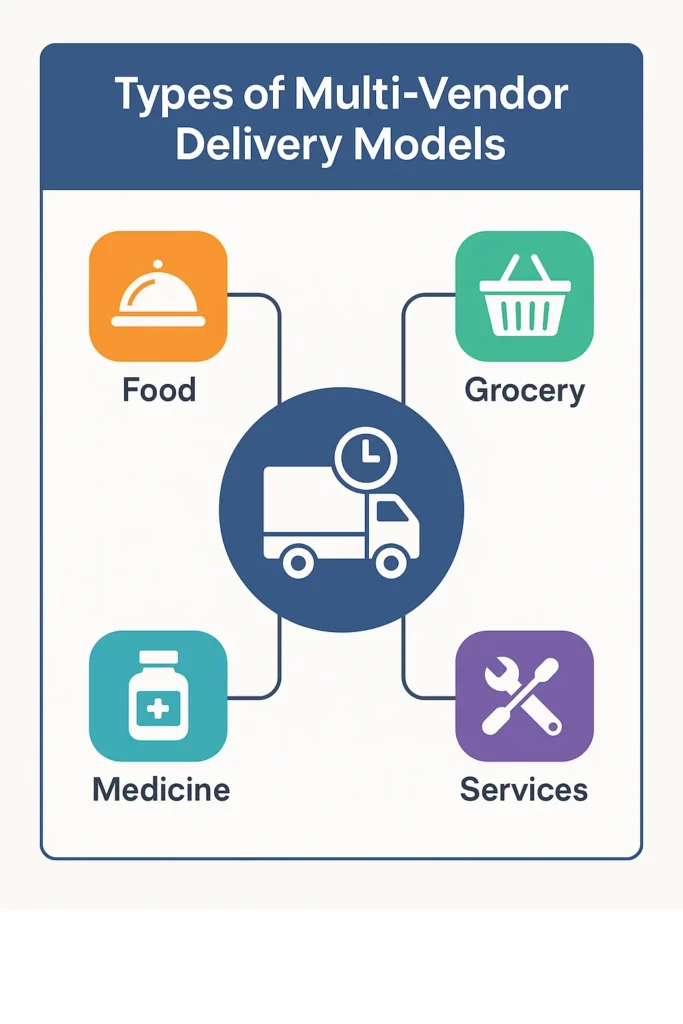
Read more: What is Glovo App and How Does It Work?
The Startup’s Dilemma: Custom vs Clone
Here’s the first fork in the road: Do you build from scratch or start with a clone solution?
Custom development is like building your own house — personalized, but time-consuming and expensive. You’ll need:
- Backend developers
- Frontend engineers
- UI/UX designers
- QA testers
- Project managers
- DevOps
Clone solutions, like the ones we offer at Miracuves, act more like a pre-fab villa — fast, customizable, and optimized for budget-conscious founders.
If you’re early-stage, a clone solution saves you months of development time and at least 40–60% of the cost — without compromising on scalability.
Cost Breakdown: What You’ll Actually Be Paying For
Let’s talk numbers. The cost to launch your platform depends on how lean or lavish you want to go. But here’s a grounded breakdown:
1. Core Features You Can’t Skip
| Feature | Estimated Cost (USD) |
| User App (iOS + Android) | $5,000 – $10,000 |
| Vendor App | $3,000 – $7,000 |
| Delivery Agent App | $3,000 – $5,000 |
| Admin Dashboard | $2,000 – $6,000 |
| Real-Time Tracking & Chat | $2,000 – $4,000 |
| Payment Gateway Integration | $1,000 – $3,000 |
Total for MVP: Roughly $16,000 – $35,000
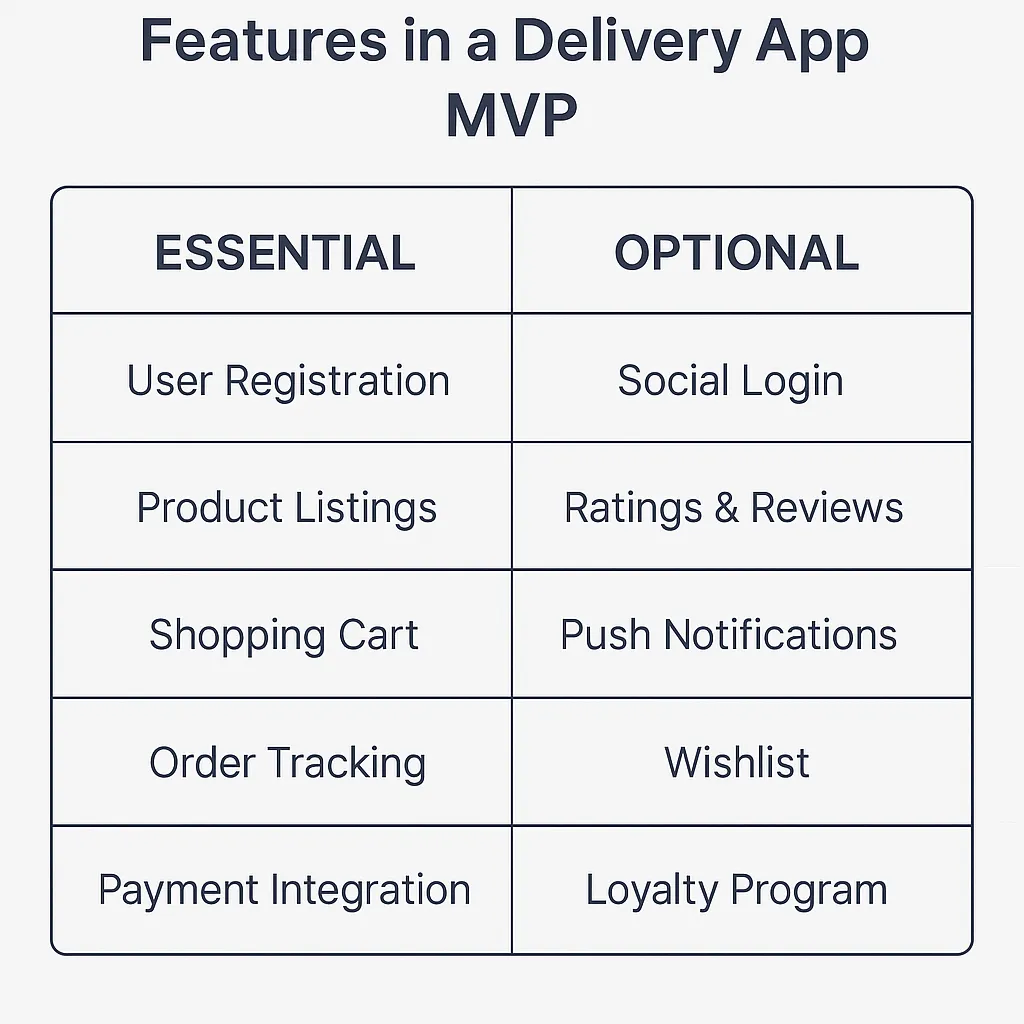
2. Optional (But Smart) Add-Ons
Want to stand out? These bells and whistles will cost more — but they help:
- Loyalty programs
- Subscription models
- Advanced analytics
- Scheduled deliveries
- Multi-currency or language support
Expect to add another $5,000–$10,000 if you go down this route.
3. Backend Infrastructure & Cloud Hosting
Even the slickest app fails if your server chokes at peak hours. Hosting and cloud services (AWS, Firebase, DigitalOcean) will run you anywhere from $300–$1,000/month, depending on traffic.
Don’t ignore DevOps either — automation, CI/CD, and backup systems are crucial for scaling.

4. UX/UI Design
Think design is just icing? Think again. Clean UX is what separates a successful app from a ghost town. Expect to spend:
- $2,000 – $6,000 for a decent UI/UX strategy
- More if you’re designing animations, onboarding flows, and high-end user personalization
5. Maintenance and Ongoing Updates
Let’s say you launch. Congrats! But here comes the maintenance goblin.
- Monthly bug fixes
- Security patches
- Vendor onboarding tweaks
- Performance optimization
Budget 15–20% of your total development cost annually for upkeep.
Read more: Best Glovo Clone Scripts in 2025: Features & Pricing Compared
How Geography Affects Development Cost
Where your developers sit can tilt your cost significantly:
- US/UK-based agencies: $80–$200/hour
- Eastern Europe: $30–$60/hour
- India & Southeast Asia: $15–$45/hour
At Miracuves, we leverage global developer talent — especially in India — which allows us to deliver world-class solutions at startup-friendly costs.
Is It Cheaper to Buy or Build?
Short answer? Buying a clone solution and customizing it is almost always more affordable and faster to market.
Custom builds can stretch up to $80,000–$150,000.
Meanwhile, a white-labeled, scalable clone from Miracuves can be launched for as low as $15,000–$25,000, fully functional and battle-tested.
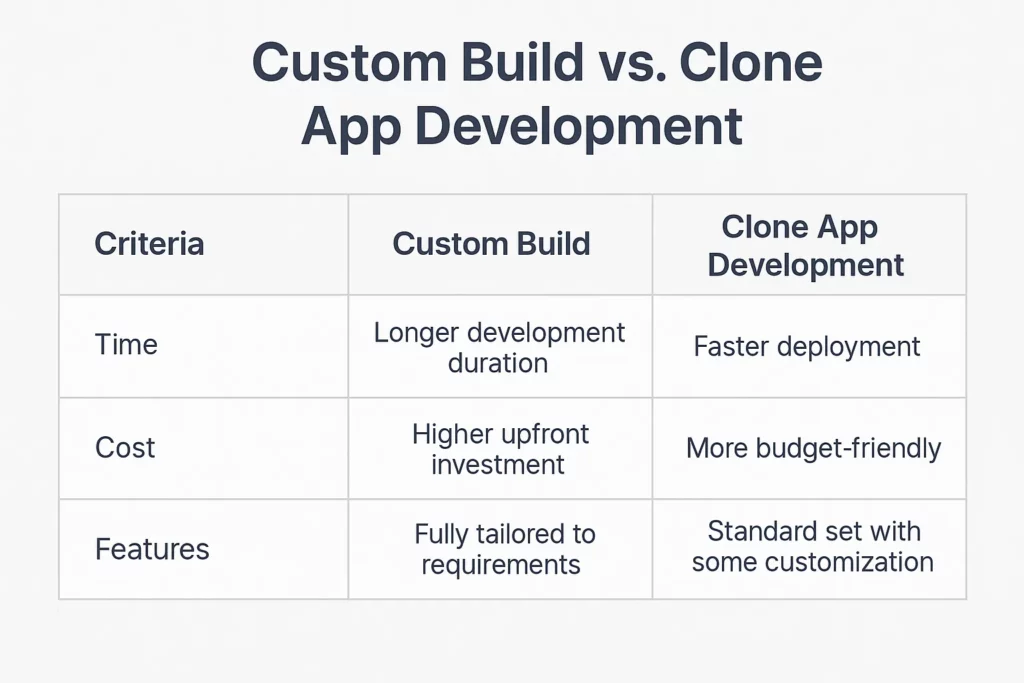
Conclusion
Launching a multi-vendor delivery platform isn’t about tech alone — it’s a business play. And like all businesses, the best ones win by being smart with their resources.
The good news? You don’t need a VC-backed runway to get started. With the right partner and a sharp focus on essentials, your investment can turn into a revenue machine in months, not years.
At Miracuves, we help innovators launch high-performance app clones that are fast, scalable, and monetization-ready. Ready to turn your idea into reality? Let’s build together.
FAQs
Q:1 How much does it cost to launch a basic delivery platform?
A basic MVP with core features can cost between $16,000 to $35,000, depending on customization and feature depth.
Q:2 Can I start with just one vendor and scale later?
Absolutely. Many successful platforms start lean with a single vendor and expand as they validate demand.
Q:3 How long does development take?
Using a clone solution, your app can be ready in as little as 4–6 weeks. Custom builds may take 6–9 months.
Q:4 What about compliance and legal aspects?
You’ll need proper licenses, tax setups, and data privacy measures depending on your region. Miracuves can guide you on that during onboarding.
Q:5 Will I own the code?
Yes — with Miracuves, you get full source code ownership and control over your platform’s roadmap.
Q:6 Is white-labeling the same as cloning?
Not quite. Cloning means replicating core mechanics and features. White-labeling adds your branding and allows you to customize the platform to your niche.
Related Articles:





